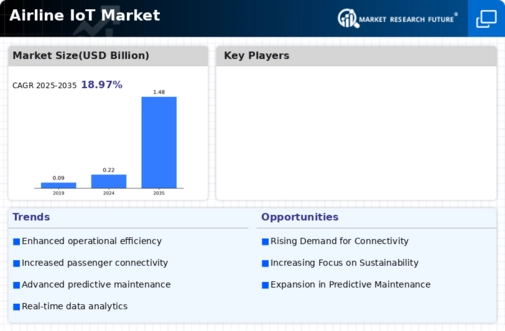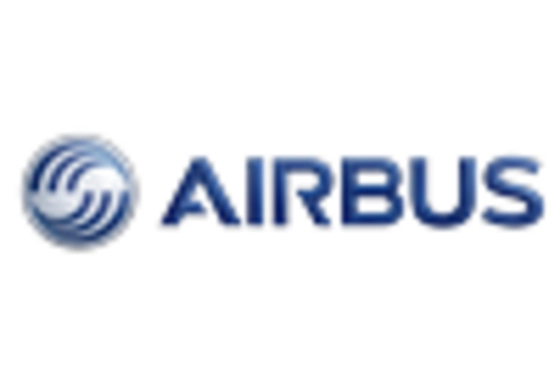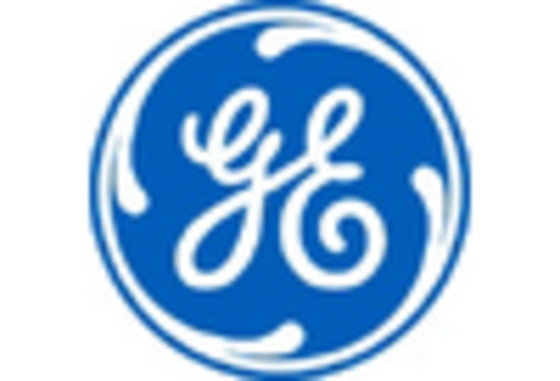Market Share
Airline IoT Market Share Analysis
The aviation IoT transformation trend is redefining the route of airline business. Airlines that install sensors & use data analytics to monitor and manipulate operational efficiency will gain competitive advantages. As industry makes its way through improvement, cost reductions, and upgrades towards manufactured efficiency, this is where the trend continues.
One of the dominating directions in the Internet of Things evolution is using its services as revolutionary applications for passengers. Airlines are leveraging on using the IoT to create personalized and friendly travel. IoT helps travelers to start journey from a smart check-in and they does not forget in-flight entertainment. This corresponds with a new type of traveler that could be classified, bearing in mind that they are highly demanding for an easy vacation, connectivity and the quality they have.
To achieve a new level of aircraft management, predictive maintenance evolves the fleets of airline companies. Airline companies have achieved maintenance activities ahead of the issues they cause to day to day operxtions by embedding IoT sensors in airplanes' components. This preemptive tactic enables less time to be used and aviation safety to be raised, thus, which is humongously valuable.
The consumer adoption of IoT in fuel efficacy and sustainability is experiencing an accelerated growth trajectory. Airlines employ IoT technology for the purposes of having a fuel-efficient service, measurable emissions reporting, and compliance with environment-related requirements. The aviation industry considers this a part of the global plan to make air travel cleaner, and to have greener skies.
Networks and joint operating agreements are expanding across airline solutions secured by the Internet of Things. Airlines, technology companies, and airplane producers are cooperating to set up integrated systems, in which data will transfer across platforms. This cooperate strategy roubles the innovation process by providing standardization and compatibility for IoT deployments which puts IoT and aviation IS backed by one synchronized system.
Although these efforts hold the potential of driving the market, it is not free of the challenges that it faces. With IoT applications becoming more widespread and the number of data they capture is growing, an issue of data security and privacy is an emerging one. Airlines pool their efforts on cybersecurity, although this is of paramount among IoT adoption measures, becoming one of the key pillars of their security.
Compliance with the regulations and other market drops still play crucial role in the aviation IoT market. In parallel with the expansion of IoT, the aviation industry will have to go through complex regulatory system in order to comply with the aviation pronounced policies. Adherence to the respective rules is therefore vital for integrating these technologies into the field of industry, and this demonstrates the industry’s involvement in safety and security.

















Leave a Comment